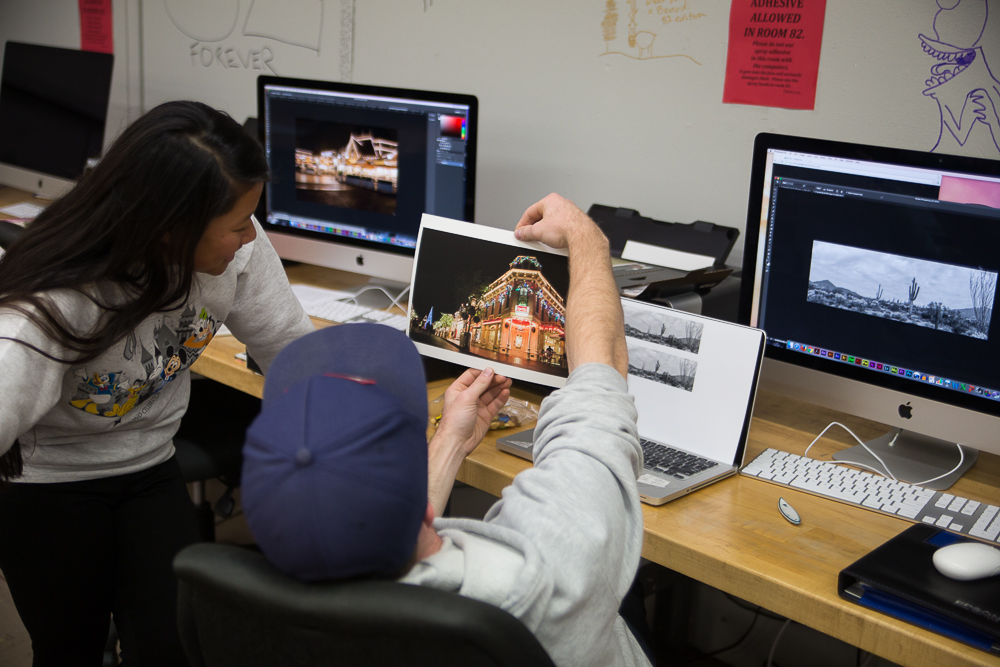Those who have not studied art sometimes consider art as simply aesthetically beautiful or enjoyable. But in taking an art appreciation course, or going to an art gallery or museum, art may also appear confusing, complex and not always particularly enjoyable to view. We often question what the true value of art may be, especially in a world so filled with sin, pain and suffering. What is the purpose of making sometimes pretty, sometimes confusing works? As Christians, should we not set our minds on things above?
Art as worship and communication
In Western tradition, the majority of art was created for the Church, and iconography was always meant to lead viewers to prayer. Many Christian artists I interact with often find God in the quiet of their studio or celebrate what he has made while they paint from observation. Art, in both its creation and viewing, can act as a form of worship for both the artist and the viewer.
However, in my own experience and that of many young artists, we often hear arguments against choosing art as a career. They tend to see it as “impractical” or “unnecessary.” Rather, the role of the Christian is going out and reaching someone in a meaningful way.
The Purpose of Art
This is exactly the purpose of much art. Fine art acts as a remarkably powerful form of communication. Over the past 100 years, artists have used their craft to bring awareness to and address world problems, conflicts and injustices.
Both the work of Kara Walker and the work of the Guerrilla Girls are clear examples of artists using their craft to bring awareness to social injustice. This area of the arts desperately needs more talented artists who wish to share the Gospel. However, art has more power than direct communication for a cause.
What about “useless” art?
We are all artists in so many different ways and we all feel the need to create. We draw on napkins, sing in the shower, arrange our offices and dorm rooms, we dress or do our hair, we arrange, curate and create throughout our days.
We spend so much time critiquing what art really is or what art should be that we often miss the opportunity to appreciate the beauty art in its many forms can offer us. Instead of asking, “Is that really art?” we should strive to ask, “what is this artist trying to communicate?” We may not always agree with the question’s answers, but asking them generates an understanding that otherwise might have been ignored.
An Open Window
The study of art can become a window into every other practice. Through art, we learn about psychology, history, philosophy, english, science and more. Art has become both a wonderful mode of expression for many artists, as well as a documented narrative of culture and values. Through art, we can generate awareness of social or political issues — it can can act as a tribute or a call to bring attention to something wonderful or tragic.
The study of art serves as an introduction to other avenues of study and is applicable to every discipline. Like our general education, art has its limits, and it cannot teach us everything about a particular discipline. Yet, the study of art is essential for our growth as a person, as a member of society and as a Christian.







